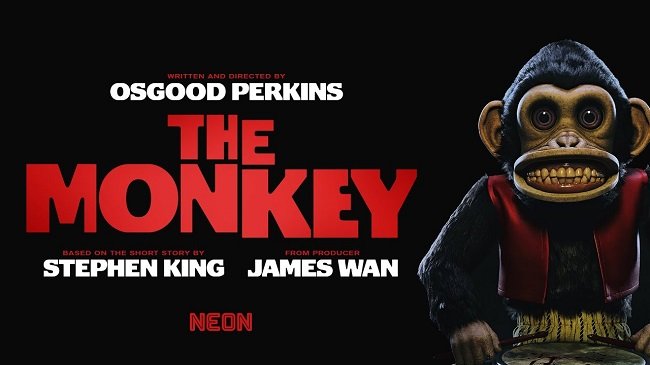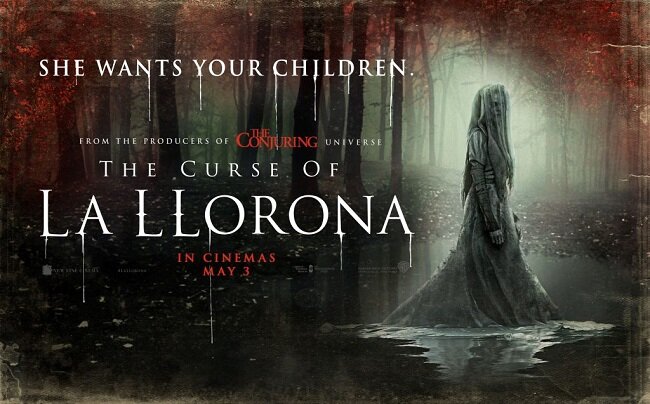The Purge: Anarchy (2014)
The Purge: Anarchy is an example of the curious and rare cinematic beast, a sequel that is superior to its predecessor. This time round the movie makes a greater effort to explore the themes associated around its premise and takes to the streets to show the impact of the purge upon the working class. It’s a far more political movie and all the better for it. You can’t have a story about a national event designed to implement social engineering in the most visceral of manners and try and keep it free from social commentary. Furthermore, The Purge: Anarchy features a far more agreeable and accessible group of protagonists this time round, creating a far more plausible sense of trepidation for audiences. The film is also more violent than the first instalment given the scope of its narrative.
Shane (Zach Gilford) and Liz (Kiele Sanchez), a couple on the verge of splitting up, are driving home when their car breaks down just as the purge commences. They decide to try and make it across town, avoiding the various predatory gangs that are now roaming the streets. Meanwhile, waitress Eva (Carmen Ejogo), goes home to her sick father Rico (John Beasley) and teenage daughter Cali (Zoe Soul) and prepares to secure their apartment. She politely refuses offers of assistance from the building manager Diego. Later that night the tenement is assaulted by a paramilitary squad and Eva and Cali are captured. As they are being loaded into a truck, they are rescued by a rogue Police Sergeant (Frank Grillo) who is using the purge to seek revenge on the man who killed his son. Upon returning to the Sergeants car, they discover Shane and Liz hiding. The five people slowly make their way through the streets and attempt to survive the night in Los Angeles.
The Purge: Anarchy manages to maintain a credible air of tension. The set pieces are tight and because the lead characters are more than two dimensional, you can become emotionally invested in them. But the films greatest asset are the vignettes of associated purge culture that are offered to the audience. Eva’s father, Rico, sells himself to a rich family who wish to have a risk-free purge experience. In return his family receive a large cash sum. The movie goes on to highlight again and again that the poor are the group that bear the brunt of the purge. There are for example roving kidnap gangs that round up victims to be sold to the wealthy. The rich then auction off the prisoners so that they can be hunted in a controlled environment. However, the film does show that the door can swing both ways. While travelling through the financial district our protagonists come across a dead banker with a very contemporary message hung around his neck.
Out of the three movies that make up this franchise The Purge: Anarchy is by far the strongest. It tackles the subject of the purge effectively and through a series of dramatic threads, provides insight as to what the real ramifications of one night of state sanctioned anarchy would be. The disgruntled “super” Diego is a microcosm of all that is worse about the purge as a concept. He nurses a wealth of misconceived and unfounded grievances and uses them as a justification for his basest instincts. That is essentially where the horror of the purge lies. It shows how extremely thin the veneer of civilisation actually is and that abhorrent behaviour is not confined to any one specific demographic group.




























